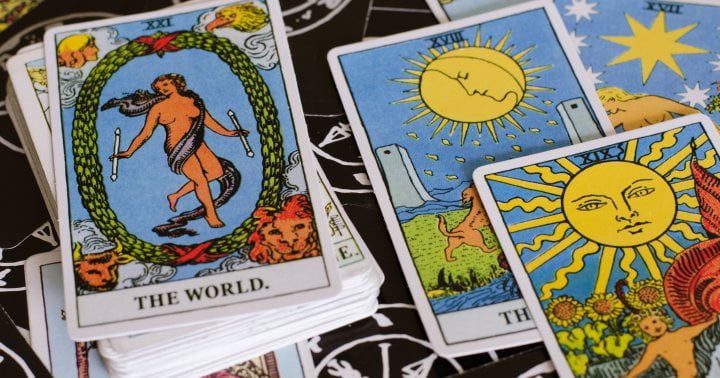All Your Poop Questions, Answered | Goop
The most famous is red beets. Often, people think that they have blood in their stool, and then they’ll come in, and we’ll test their stool and find out that there’s no blood. When I ask, “Did you have a beet salad two or three days ago?” They’ll realize that they forgot, and everything is okay. Seaweed is a surprising new thing—people are eating a ton of seaweed snacks, which can cause fluorescent-green poop.
Pepto-Bismol also changes the color of stool, to black. Black stool that’s sticky and tarlike is an indicator of the upper gastrointestinal area bleeding, because as blood is digested, it comes out black. But some people may forget that they took Pepto-Bismol, see the black stool, and worry about an ulcer. The way to differentiate is: If you take Pepto-Bismol and then have hard, black, pebble stools, it’s probably just the Pepto-Bismol, but if you take a bunch of aspirin and then have a stomachache along with tarry black stool that smells, it’s probably an ulcer bleeding. In that case, you should see a doctor about the blood. Iron supplements can also cause black stools, but these will appear black and grainy instead of black and sticky.
If you have pain in the upper right side of your abdomen, like a gallstone attack, and have pale, white, or manila-envelope-colored stool, this could mean that your bile ducts are plugged, and you should see a doctor. Grey stool is an indicator of a pancreatic issue. If your urine is dark and your stool is light, this could mean a pancreatic issue or a bile duct issue.
Red stool can be indicative of a hemorrhoid, fissure, or deeper diseases in the gastrointestinal area, such as ulcerative colitis, Crohn’s disease, polyps in the colon, or cancers. Red stool needs to be investigated with a colonoscopy.
This article was originally published by goop.com. Read the original article here.




